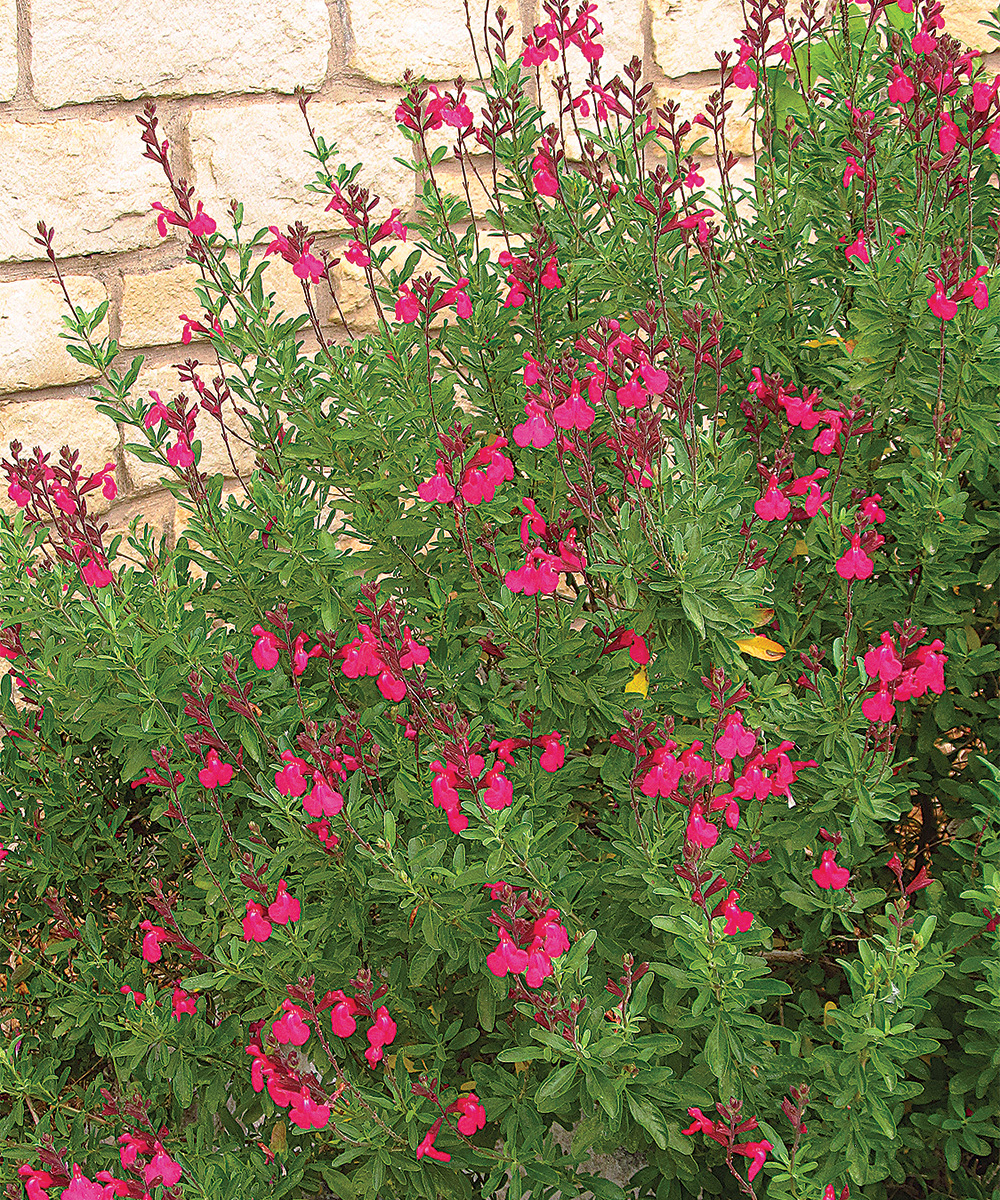
While most gardening pests and problems vary greatly depending on region, there is one dilemma that just about all of us have to contend with—deer. There are populations of deer in all 50 states, and all are munching on the many different plants we’re growing across the country. Some methods for deterring deer from feasting work better than others, but there is also the option of simply growing plants they don’t typically enjoy. Don’t let your hard work become a buffet for the next passing herd. Here are four deer-resistant plants for the Southeast.
1. Christmas Fern

Name: Polystichum acrostichoides
USDA hardiness zones: 3 to 8
Size: 1 to 2 feet tall and wide
Conditions: Partial to full shade; moist to dry well-drained soil
Once established, Christmas fern is quite possibly the toughest plant in the world. This evergreen serves as a reliable filler in the shade garden and a year-round staple in cut-flower arrangements. In spring, silvery fiddleheads unfurl into sturdy upright fronds that relax toward the ground as they mature. Growth radiates from a central rhizome, forming a 2-foot mound over time. Christmas fern tolerates poor, dry, and rocky soils, but will not survive in a spot that is too boggy or alkaline.
2. Fothergilla

Name: Fothergilla major
Zones: 4 to 8
Size: 6 to 8 feet tall; 5 to 9 feet wide
Conditions: Full sun to partial shade; moist, well-drained soil
Fothergilla is a star in my garden from early spring until the last leaf drops in November. Fragrant white bottlebrush flowers appear in April and May, good leaf color remains all summer, and then a fantastic explosion of color is the fall finale. This is a very low-maintenance shrub, requiring only the removal of suckers as they appear. If you have a spot where a rhododendron would work, try substituting a fothergilla, and you will not be disappointed.
3. ‘Wild Thing’ Autumn Sage

Name: Salvia greggii ‘Wild Thing’
Zones: 6 to 9
Size: 2 to 3 feet tall and wide
Conditions: Full sun; well-drained soil
This plant truly is a workhorse, especially in those difficult areas that are hot and do not retain a lot of moisture. ‘Wild Thing’ will begin flowering by the end of June and continue showing off until mid-November. It is unflagging through summer heat. With great numbers of vivid hot pink flowers, this is probably the most noticed and commented-on plant in my garden. Butterflies and hummingbirds visit throughout the flowering season.
4. Anise Shrub

Name: Illicium parviflorum
Zones: 7 to 10
Size: 10 to 15 feet tall; 6 to 10 feet wide
Conditions: Partial shade; can tolerate more sun if the soil is moist
Anise shrub is another workhorse for me. Although officially listed as hardy to Zone 7, it has sailed through two back-to-back winters with –12°F temperatures in my garden with no damage at all. It isn’t a showy “look at me” plant, but serves as a good screen or filler. Its foliage gives a wonderful lush fullness to the summer garden and a much-needed green presence in winter. The fragrance of a crushed or bruised leaf is very refreshing, and the seed pods are fun. Anise shrub takes well to pruning, should you need to keep it smaller and more full-bodied.
Jeff Calton is the owner of Good Earth Landscapes in Kingsport, Tennessee.

















Comments
Log in or create an account to post a comment.
Sign up Log in